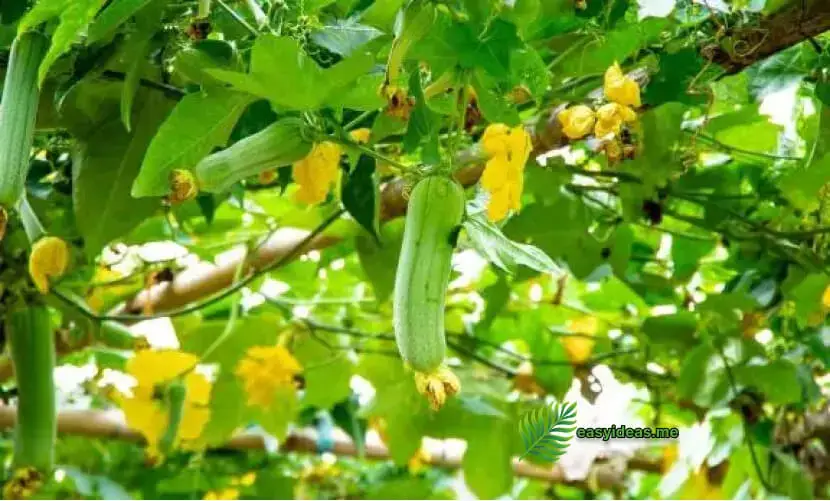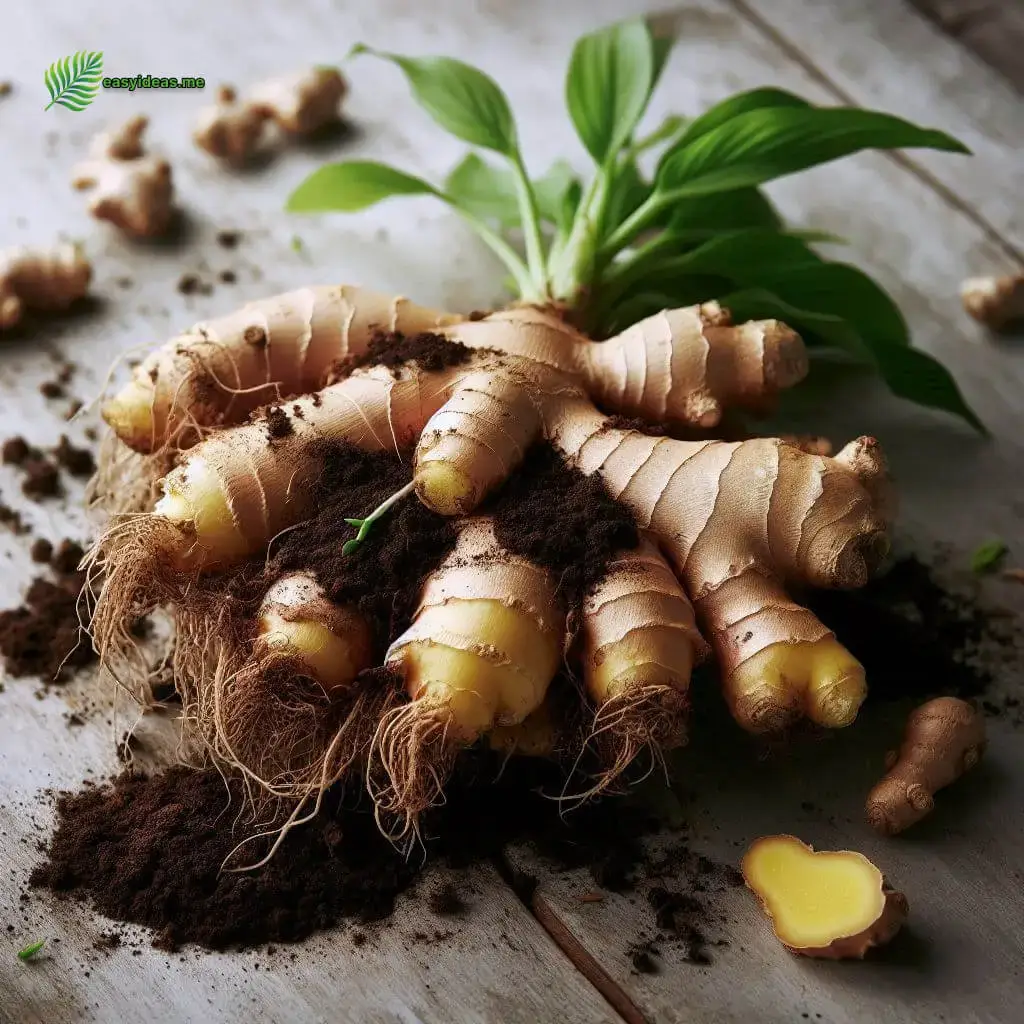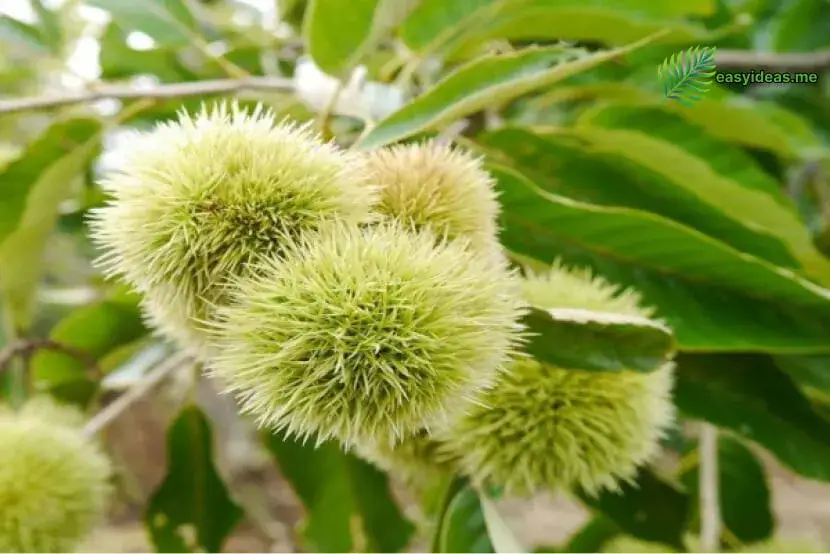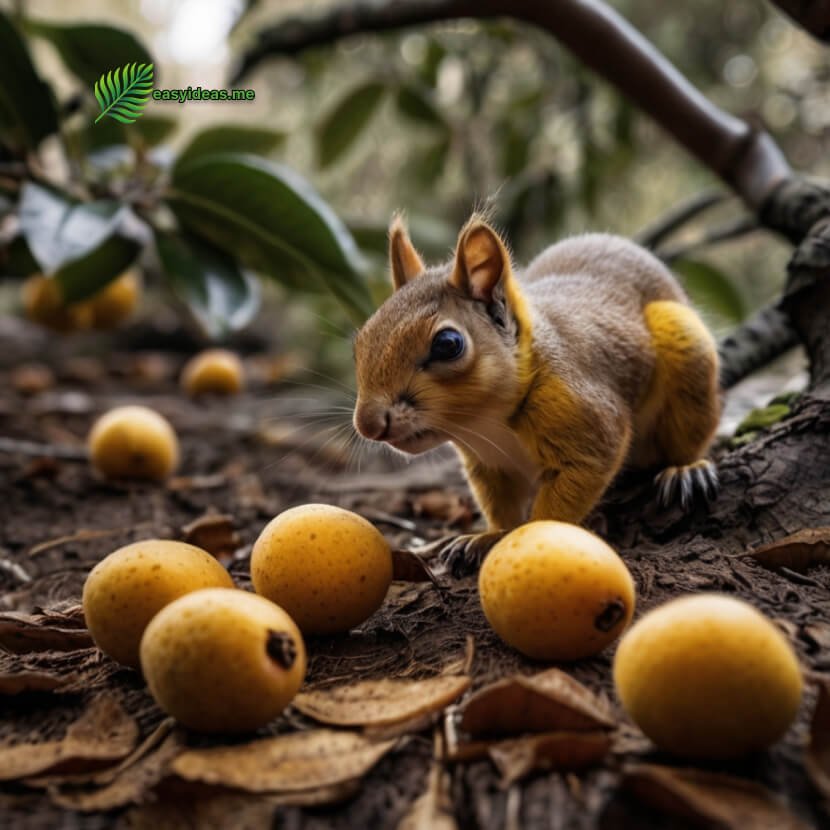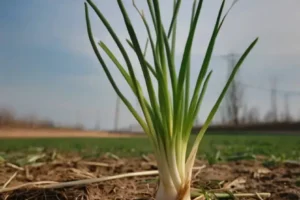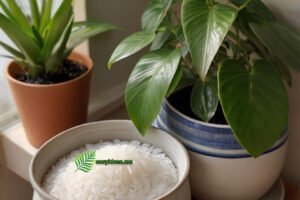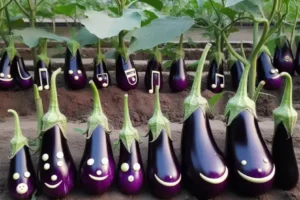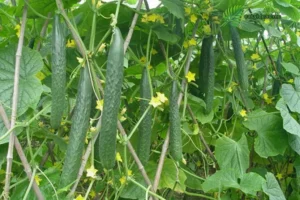In many cases, we tend to overlook the importance of light in vegetable cultivation and instead focus excessively on watering, fertilizing, and pest control. We often believe that simply watering and fertilizing more will make vegetables grow well, but this is not actually the case.
In fact, the growth of vegetables and the development of their fruits are closely related to light, especially during the flowering stage of fruit-bearing vegetables, where the impact of light is even more significant. Light plays an important role in vegetable growth.
Vegetables have varying requirements for light intensity and duration. Some vegetables need a certain amount of sunlight each day to flower and bear fruit, while others require shorter daylight periods, and some are not strict about the length of daylight.
People engaged in small-scale vegetable gardening should understand the different light requirements of various vegetables, such as which are suitable for planting in front or back yards, along roadsides, or under tree shade, and which are suitable for growing in pots. In areas with insufficient light, many vegetables are not suitable for growth.
In this article, we will discuss in detail the light intensity and daylight duration needs of various common vegetables. By understanding this information, we can cultivate vegetables more effectively and produce high-quality crops.
Some common vegetables prefer sunlight, while others thrive better in cooler, shaded environments
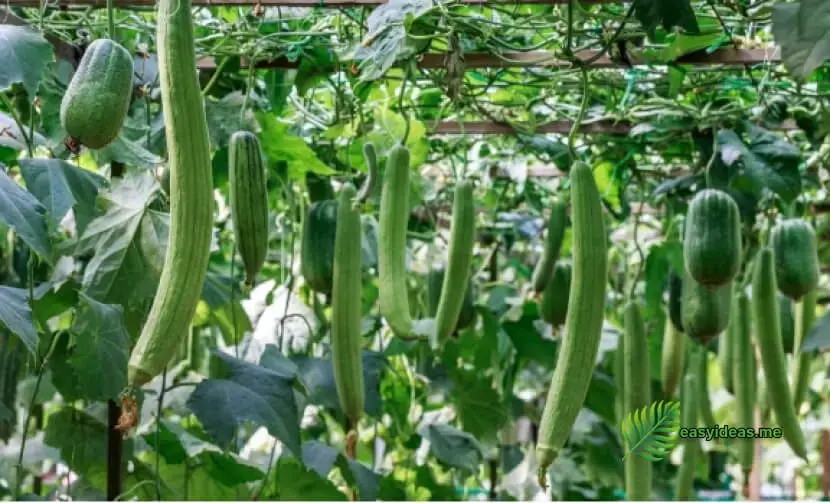
To ensure good vegetable growth, it is essential to provide adequate sunlight. Some vegetables are not very strict about their sunlight requirements and are relatively shade-tolerant, making them suitable for planting in various corners. I am involved in greenhouse vegetable cultivation, and it’s important to grow some shade-tolerant vegetables within the greenhouse as well.
Using high-transparency greenhouse films, regularly cleaning the films, and employing supplementary lighting during the winter in the greenhouse will certainly benefit vegetable growth. Vegetables need sufficient sunlight to grow healthily, and inadequate light can negatively affect their growth.
Most vegetables require ample sunlight; if light is insufficient, plants will grow weak, leaves will become thin, and the flowering and fruiting of vegetables will decrease. Root vegetables will also become smaller. Cucumbers, peppers, and beans are particularly sensitive to light; they need plenty of sunlight during their flowering and fruiting stages.
During extended periods of cloudy and rainy weather, these vegetables are prone to flower and fruit drop. When growing these vegetables in greenhouses, it is crucial to manage planting density properly and use support strings for pruning to ensure sufficient light penetration in the field.
Vegetables like eggplants, tomatoes, loofahs, and bitter gourds all prefer plenty of sunlight and have a certain tolerance for shade. They are suitable for winter greenhouse cultivation and can still grow well even during extended cloudy periods, without significant issues in flowering and fruiting.
Root vegetables like carrots and radishes require ample sunlight; without sufficient light, their roots will become smaller. On the other hand, cherry radishes are less demanding in terms of sunlight and can be grown in greenhouses or potted on balconies.
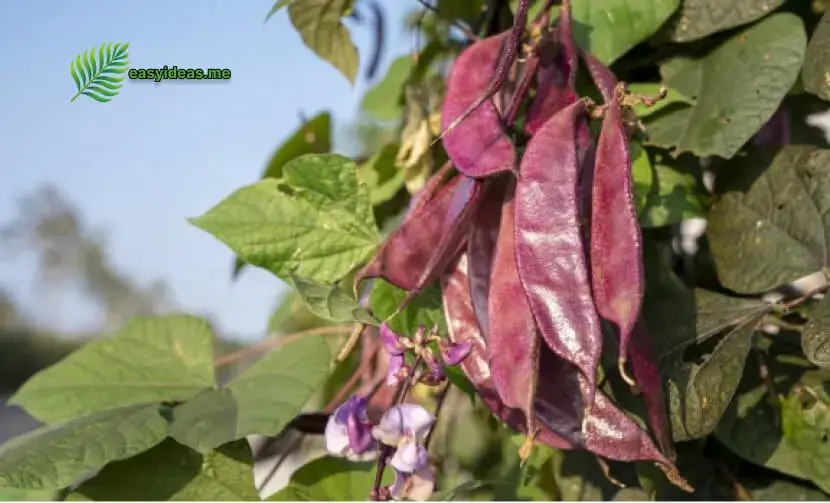
Head-forming leafy vegetables, cauliflower, and stem vegetables also need plenty of sunlight. The main reasons for loose cabbage heads and cauliflower curds are inadequate light. Some vegetables can still thrive under less sunny conditions, but their quality might be compromised. While leafy vegetables can grow in lower light, they often become weak, develop yellow leaves, and are more susceptible to diseases.
In areas with insufficient light, such as corners, behind houses, or under roadside trees, few vegetables grow well. These include some traditional home-grown varieties, especially those commonly planted in small quantities in rural areas, such as perilla, Swiss chard, Jerusalem artichokes, and newer varieties like peacock kale, cilantro, and spinach.
Which vegetables need long periods of sunlight, and which need short periods of sunlight?
The growth of vegetables is affected by the length of daylight, and many vegetable growers have observed this, although they cannot specify it precisely.
For example, some bean vegetables (such as yardlong beans) and gourd vegetables (such as cucumbers and bitter gourds) are sown in spring but do not flower and bear fruit until autumn, especially after the start of autumn, when the yield is more abundant.
This is mainly because these bean and gourd vegetables are short-day plants, and insufficient daylight promotes flowering and fruiting. To understand the sunlight requirements of vegetables, one must first understand the definitions of long-day and short-day.
Many people have misconceptions about this concept, and some even have the opposite view, thinking that long-day vegetables need a long time of sunlight and short-day vegetables need a short time. This notion can mislead vegetable cultivation.
It is essential to remember these two concepts: long-day means that the daylight period is over 12-14 hours to make plants flower and bear fruit.
Insufficient daylight refers to the daylight period being less than 12-14 hours, which is insufficient for the plant to flower and bear fruit. Neutral-day refers to not having strict requirements for the length of daylight.
In the vegetables we often grow, many require long periods of sunlight, such as biennial greens, radishes, carrots, green onions, garlic, as well as celery, spinach, cilantro, cabbage, and lettuce, which can be planted within one or two years.
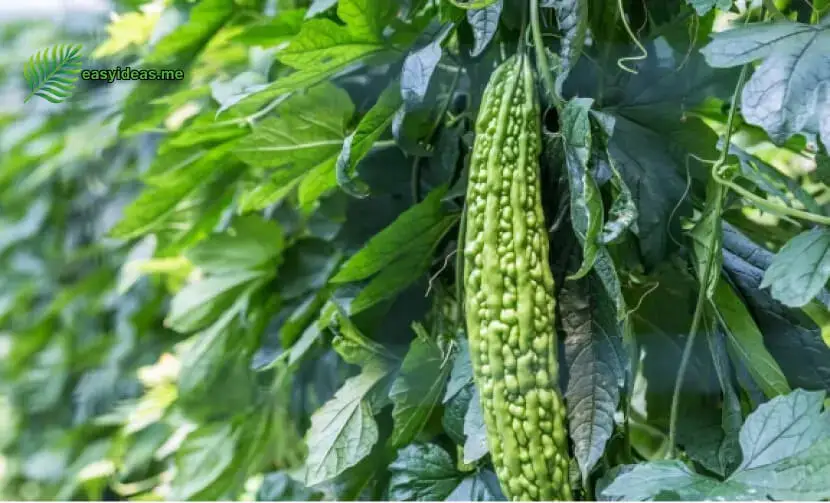
Vegetables that need long periods of sunlight usually flower and bear fruit in the spring. Therefore, when planting spinach, cilantro, bok choy, and baby bok choy in the spring, varieties that are less likely to bolt should be chosen and harvested early.
Short-day vegetables mainly include late-maturing varieties of beans and gourds, such as yardlong beans, sword beans, hyacinth beans, loofah, bitter melon, pumpkin, winter melon, as well as crown daisy and amaranth.
These vegetables usually flower in the fall. They have longer growth cycles and need to be sown in the spring, grow in the summer, and flower and fruit in the fall. If planting is delayed, it will affect their later growth.
Solanaceous vegetables, cucumbers, watermelons, snap beans, and early-maturing varieties of beans are considered neutral-day vegetables and do not have strict sunlight requirements. Although these vegetables yield higher when planted in the spring, they can also be planted in the fall.
Overall, the role of sunlight in vegetable growth is not easy to understand and can be challenging to manage in practical cultivation. However, with careful consideration, practical experience, and relevant theoretical knowledge, it is possible to utilize sunlight more effectively and cultivate vegetables more successfully.
READ MORE: How to Prevent and Treat Anthracnose Disease on Cucumber Plants

